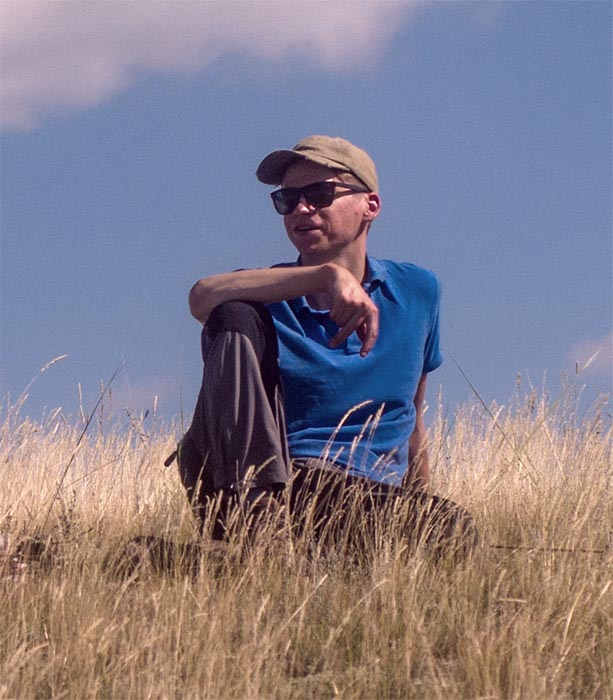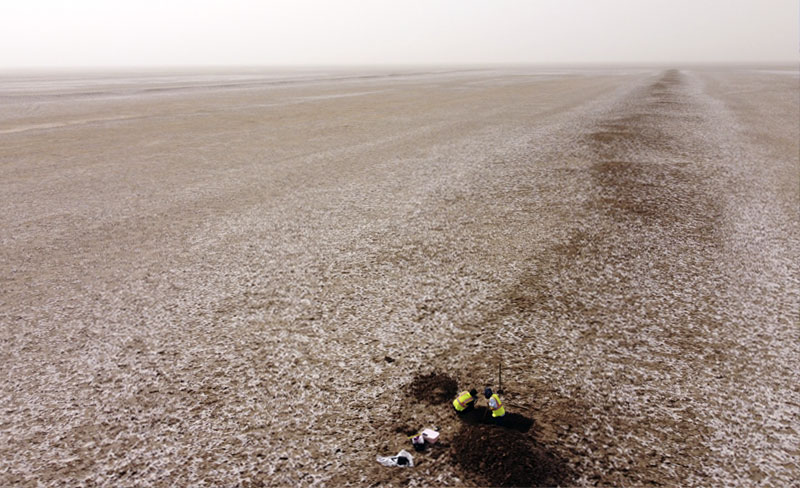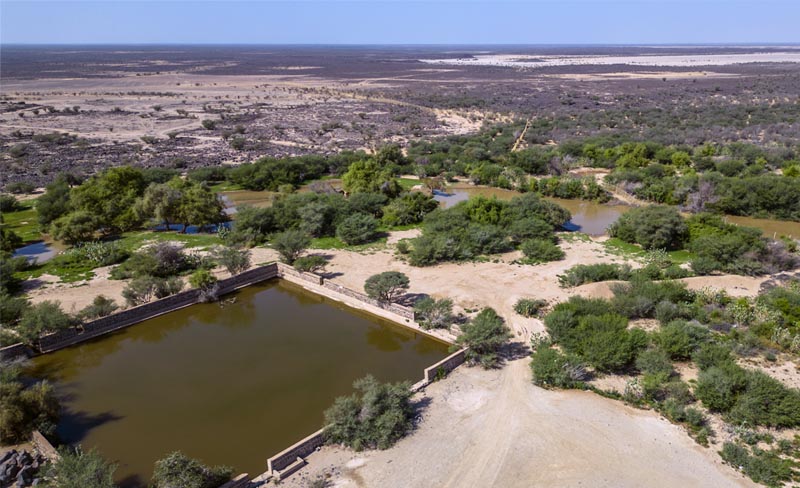 I am a landscape archaeologist with research interests in human/environment interactions across medieval Eurasia. In particular, my research explores how communities and populations in the past adapted to the specific environmental conditions within which they existed. Drawing on a combination of archaeological evidence, data from textual sources, and geospatial data, I have investigated topics including water supply and use within medieval cities, the development of irrigation and agriculture at the landscape scale, and how medieval populations were impacted by, and responded to, natural disasters.
I am a landscape archaeologist with research interests in human/environment interactions across medieval Eurasia. In particular, my research explores how communities and populations in the past adapted to the specific environmental conditions within which they existed. Drawing on a combination of archaeological evidence, data from textual sources, and geospatial data, I have investigated topics including water supply and use within medieval cities, the development of irrigation and agriculture at the landscape scale, and how medieval populations were impacted by, and responded to, natural disasters.
Links to my published research are available here.
 Currently, I am an honorary fellow within Durham University's Department of Archaeology. Prior to this, I was a postdoctoral researcher at Radboud University, the Netherlands, where I worked on the archaeology of water management in the medieval Middle East through the 'Source of Life Project'. In addition, I have held positions at archaeological institutes around the world including as a postdoctoral scholar at both the Palace Museum Archaeological Institute, in Beijing, and the German Archaeological Institute (DAI), in Berlin. As well as my own projects, I have worked on and contributed to archaeological projects in a wide range of countries including the UK, Portugal, Spain, Slovakia, Oman, Kazakhstan, and China.
Currently, I am an honorary fellow within Durham University's Department of Archaeology. Prior to this, I was a postdoctoral researcher at Radboud University, the Netherlands, where I worked on the archaeology of water management in the medieval Middle East through the 'Source of Life Project'. In addition, I have held positions at archaeological institutes around the world including as a postdoctoral scholar at both the Palace Museum Archaeological Institute, in Beijing, and the German Archaeological Institute (DAI), in Berlin. As well as my own projects, I have worked on and contributed to archaeological projects in a wide range of countries including the UK, Portugal, Spain, Slovakia, Oman, Kazakhstan, and China.
My CV can be viewed here.



